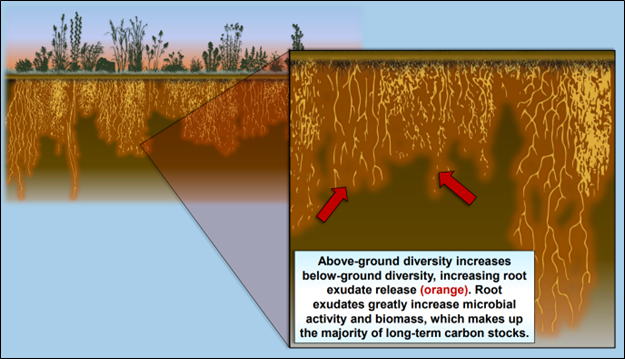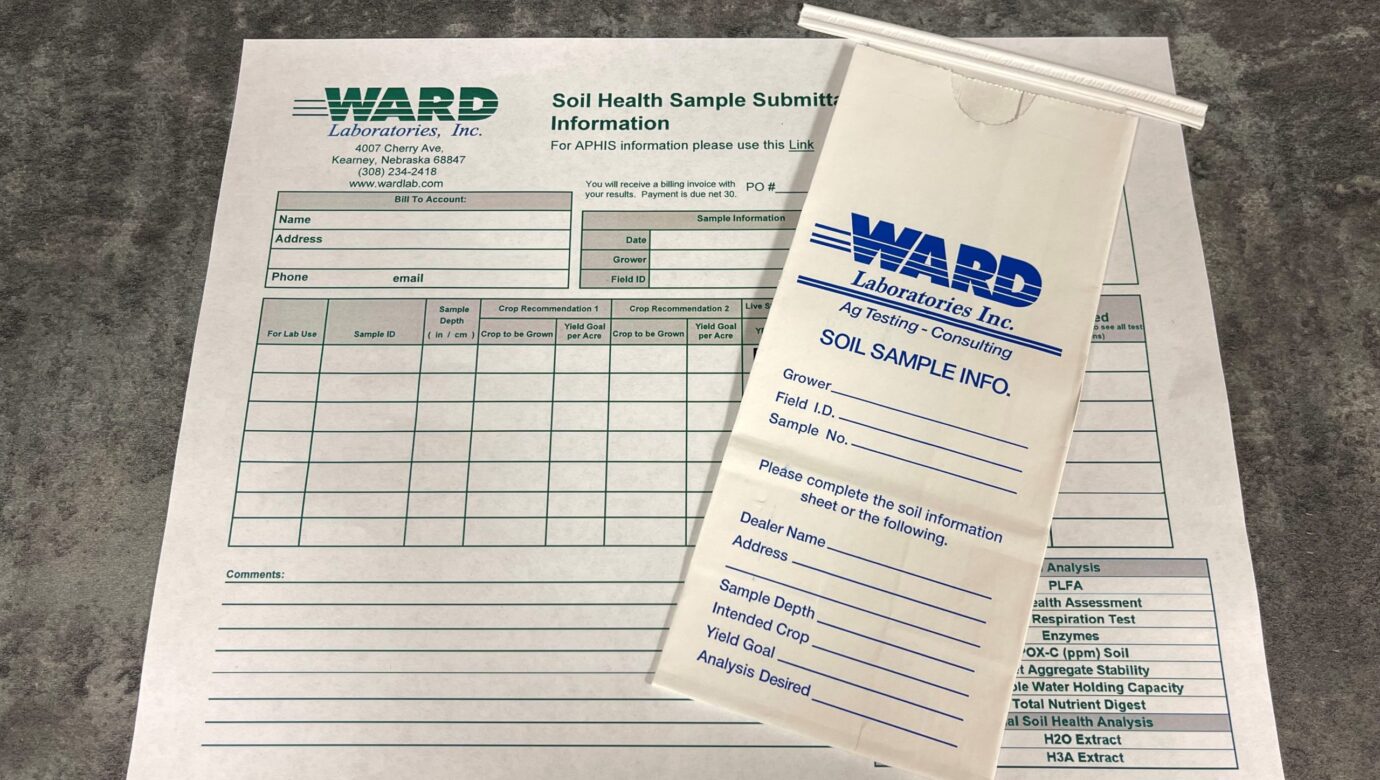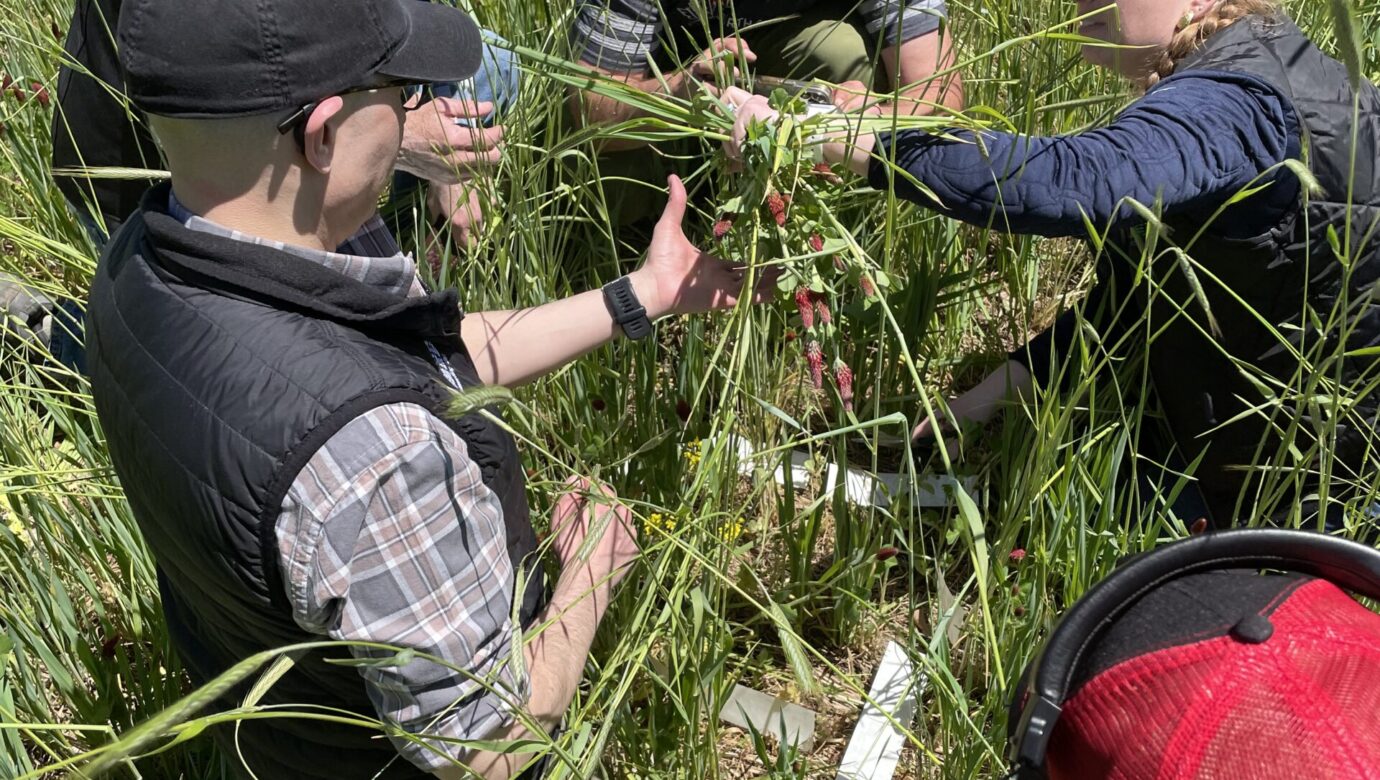
The best time to analyze soil biology
Each year, as October comes to a close, I receive calls from producers asking about the best time to analyze soil biology using the Soil Health Assessment (SHA) or Phospholipid Fatty Acid (PLFA) test packages. These tests provide key insights [...]



